News
Tokenism, Coding, Baiting, and a Few Other Things LGBTQ Horror Fans are Over, Part 3

Hello readers, and welcome back to the third chapter of this editorial series. Previously, we’ve covered tokenism and queer-coding which brings us to our final phase with queer-baiting.
What is queer-baiting? I’m so glad you asked!
Queer-baiting exists somewhere in the ether between tokenism and queer-coding. It happens when writers, directors, etc. hint at the inclusion of a queer relationship–in some cases for years–without ever actually following through. While it might make for some wildly inventive fan fiction, and I never discount the fan fiction, it often does little to advance the story, and ends up frustrating queer audiences.
It has also come to encompass companies who, in their advertising and marketing, actually tell us that a specific character is going to be queer only to not follow through at all or by giving its queer audience a crumb of representation in the film or series.
A prime example outside of horror that brought on huge debate in recent years came about when Walt Disney announced that in its live-action remake of Beauty and the Beast, the character LeFou would be revealed to be gay.
It was an interesting announcement that garnered immediate backlash by conservatives with the same stale argument of protecting children from perversity, blah, blah, blah. Meanwhile, the queer community was ready to turn out in droves to see a character that had previously been heavily coded as gay with an obvious attraction to Gaston finally come out of the closet.
What we got for all our dollars and the empty promises of the studio was more coding and about 2.5 seconds of LeFou dancing with a man at the very end of the film. Woo, that was big representation! Ugh…

Within the genre, queer-baiting seems to have especially flourished on television where writers, producers, and directors might spend multiple seasons building tension between two characters via looks, situations, and coded endearments in order to keep the queer audience hooked with the intention of never following through.
But is it that intentional? Could it be that queer-baiting is simply a symptom of a larger issue, i.e. a lack of queer representation stemming from the lack of diversity in the writer’s rooms?
Let’s take a look at some examples.
The CW’s Supernatural has been accused of queer-baiting for years, now, over its depiction of Dean Winchester (Jensen Ackles) and the angel Castiel (Misha Collins), and to an extent I would agree that they’ve fallen into the trap, but what’s more interesting to me is how they got there.
This show has never really had a woman on the roster as a series regular. Multiple women have had recurring roles predominantly as one or a combination of the four basic Supernatural women stereotypes: maternal stand-ins, love interests, villains, or cannon fodder.
The show, from its inception, was so focused on the relationship between brothers Sam (Jared Padalecki) and Dean, that those women soon fell to the wayside.

When Castiel was first introduced, he was meant for a three-episode arc to transition from one season to the next and expand the mythology of the series to include the angels. Showrunners, however, noticed an instant chemistry between Ackles and Collins and when the audiences reacted positively the contract was expanded, then expanded again, until he was elevated to series regular.
In the absence of women, and in response to some clear coding that Dean might be bisexual in advance of Castiel’s arrival, queer audiences began to latch on to what they saw going on between the two characters. The showrunners saw this and whether intentionally or no began adding little layers to the two characters.
The men would stand just a little closer than we were used to seeing two straight men stand. They would linger when looking at each other then look away awkwardly. They supported each other emotionally. Some have read this as an answer to toxic masculinity, but others point out that this show abounds with that very trait.
It seems that, lacking a strong female lead, which lets face it on a show like this would easily end up in a romantic relationship eventually, the writers began to play upon the relationship between the two men instead.
As the show is entering its final season, it seems unlikely that there will ever be follow-through on all that tension and chemistry. They have, however, gone so far to recognize that people think it, have tuned in for it, have written fan fiction about it (check out episode 200 if you don’t believe me), and have been more than happy to capitalize on it, and that to me feels intentional.
Leaving behind the CW, allows us to step over to MTV’s Teen Wolf. Now, before you say anything, yes, the series had a ton of openly queer characters. From almost the first episode, we knew that Danny Mahealani (Keahu Kahuanui) was gay and the series introduced a handful more throughout its run–almost all of them male.
So, why, with the presence of all of these out and, mostly, proud secondary queer characters, did the series’ writers feel the need to play up a coded relationship between Stiles (Dylan O’Brien) and Derek (Tyler Hoechlin)?
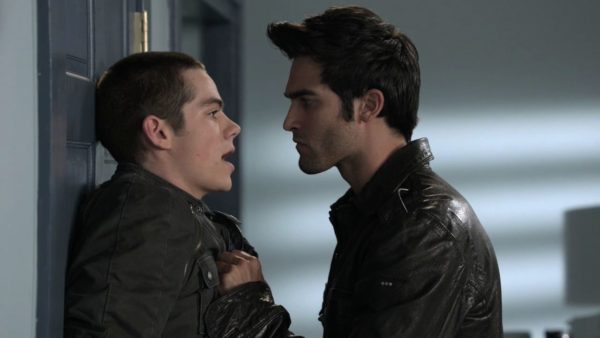
It seemed that every time the two shared the screen there were double entendres falling out of both of their mouths so fast it was hard to catch them all. Moreover, the showrunners capitalized on this relationship every chance they got even sending out a promotional video with the two actors lying in bed together when they were up for an audience choice award.
Saddest of all, however, is that many of the shows viewers bought into the possibility and again the fan fiction abounded which only spurred the creators and writers on.
In this instance, the queer-baiting seems not only intentional, but actually somewhat mean-spirited. It played upon the desire of every queer person to see themselves as the center of a story, one of the main players, rather than secondary.
Now, when I bring this topic up, someone almost always points to the Bryan Fuller series Hannibal. However, here, while there is a massive amount of homoerotic subtext going on between Will and Hannibal, I don’t think anyone really ever expected them to become romantically or sexually involved.
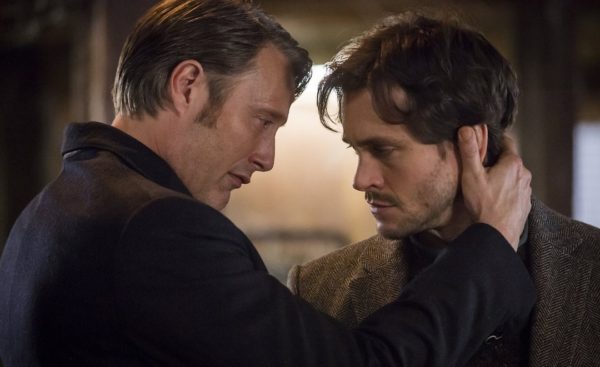
Hannibal is ultimately a sensualist, and Mads Mikkelsen plays that sensualism to the hilt. His response to music, textures, flavors, and scents are heightened which also heightens his reactions to those who are his prey or those whom he considers a worthy, though obviously less equipped, opponent.
Hugh Dancy’s Will was a little bit of both in the series, and while this homoerotic subtext certainly added to the tension of their ongoing game of cat-and-mouse, it was never meant to be anything more than just that.
Now, lest you think this only happens between male characters, you’d be wrong. However, especially since the 1970s woman on woman pairings have been much more overt because of the titillation factor.
By this, I mean that the sexualization and objectification of women to draw in the male demographic goes up by a factor of at least ten when more than one woman becomes involved in that scenario. Meanwhile, with men, the fear is that interest will go the other way entirely, clearly and always discounting the queer audience in decision making.
However, even on shows like Buffy the Vampire Slayer which boasted one of television’s first openly lesbian couples, there was still a clearly coded flirtation between Buffy and alternative-slayer bad girl Faith, mostly from Faith’s POV who was coded as bisexual, that bordered on queer-baiting.
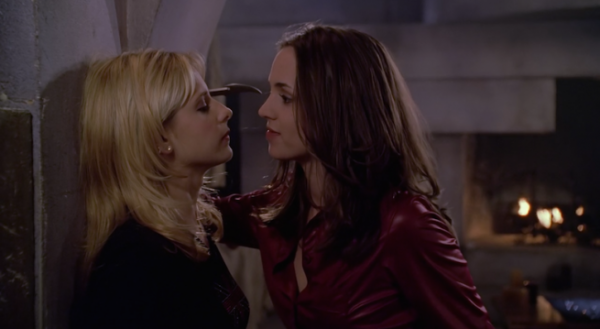
Isn’t it funny how many of these character interactions are based on power struggle?
Look, the fact is, as I’ve tried to impress upon you in this series, much like with people of color and other marginalized groups, the genre has never fully embraced the queer community. We have been coded; we have been tokens. We have been baited, and yet we are still here.
We still watch the films and the TV series. We still read into that entertainment through the queer lens because we love this genre, and we have learned to live on crumbs rather than the full meals we desire.
But it is 2019, and it is time that we ask for more. It’s time that our voices are heard.
Certainly we understand that we cannot demand that queer characters be present in every single horror film and television series. That kind of inclusion only leads to problems of a different sort, but if one in every eight horror films portrayed a normalized queer character then we would have a good place from which to grow.
And there are series and movies right now leading the way. One only has to turn on Chilling Adventures of Sabrina or tune into the work of filmmakers like Erlingur Thoroddsen, Christopher Landon, or any number of filmmakers I’ve interviewed and presented in the Horror Pride Month series in the last two years to see that this foundation is being laid.
To my straight readers who may have scoffed, if they’ve even read this far, I would ask you to go back to the first article in this series and re-read the beginning. Imagine never seeing yourself on the screen in the genre of films you love.
Imagine being left out or constantly coded as a monster, and remember this: For better or for worse, movies and media help shape our perceptions of who we are. They are a lens through which we view the world and ourselves, and for some of us, they have not been kind.
Furthermore, queer-baiting like the other topics we’ve discussed would not be nearly as harmful if we had more normalized representation to point to as well.
To all of my queer family, I say there is hope, but we must not let those glimmers of hope make us complacent. When we see bad representation, we have every right to call that out. When we see negative stereotypes, we must say “no” loudly and clearly, and we must ask our allies to stand up with us and do the same.
Listen to the 'Eye On Horror Podcast'

News
Brad Dourif Says He’s Retiring Except For One Important Role
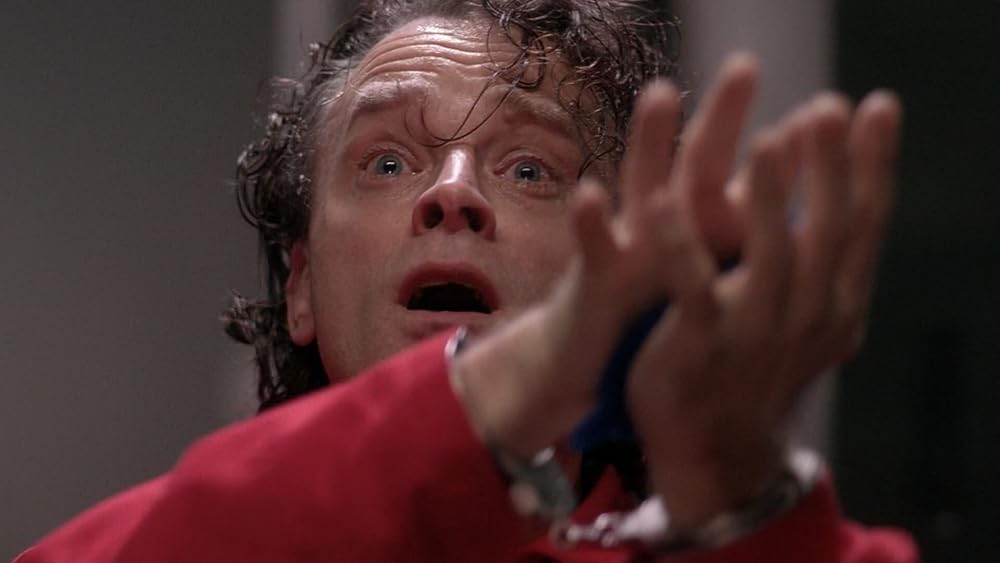
Brad Dourif has been doing movies for nearly 50 years. Now it seems he is walking away from the industry at 74 to enjoy his golden years. Except, there is a caveat.
Recently, digital entertainment publication JoBlo’s Tyler Nichols talked to some of the Chucky television series cast members. During the interview, Dourif made an announcement.
“Dourif said that he’s retired from acting,” says Nichols. “The only reason he came back for the show was because of his daughter Fiona and he considers Chucky creator Don Mancini to be family. But for non-Chucky stuff, he considers himself retired.”
Dourif has voiced the possessed doll since 1988 (minus the 2019 reboot). The original movie “Child’s Play” has become such a cult classic it’s at the top of some people’s best chillers of all time. Chucky himself is ingrained in pop culture history much like Frankenstein or Jason Voorhees.
While Dourif may be known for his famous voiceover, he is also an Oscar-nominated actor for his part in One Flew Over the Cuckoo’s Nest. Another famous horror role is The Gemini Killer in William Peter Blatty’s Exorcist III. And who can forget Betazoid Lon Suder in Star Trek: Voyager?
The good news is that Don Mancini is already pitching a concept for season four of Chucky which might also include a feature-length movie with a series tie-in. So, Although Dourif says he is retiring from the industry, ironically he is Chucky’s friend till the end.
Listen to the 'Eye On Horror Podcast'
Editorial
7 Great ‘Scream’ Fan Films & Shorts Worth a Watch
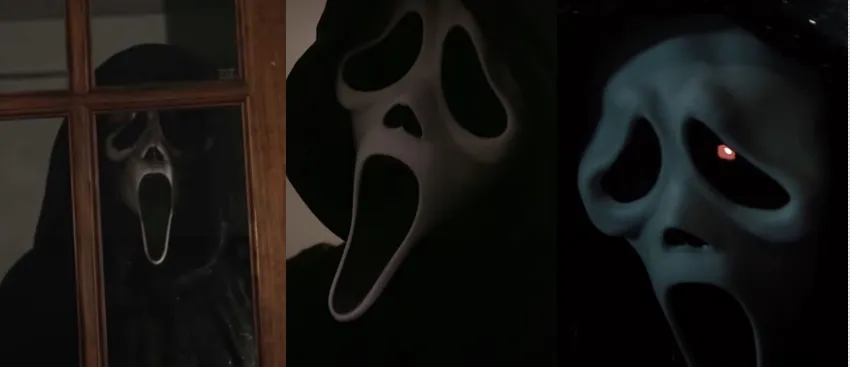
The Scream franchise is such an iconic series, that many budding filmmakers take inspiration from it and make their own sequels or, at least, build upon the original universe created by screenwriter Kevin Williamson. YouTube is the perfect medium to showcase these talents (and budgets) with fan-made homages with their own personal twists.
The great thing about Ghostface is that he can appear anywhere, in any town, he just needs the signature mask, knife, and unhinged motive. Thanks to Fair Use laws it’s possible to expand upon Wes Craven’s creation by simply getting a group of young adults together and killing them off one by one. Oh, and don’t forget the twist. You’ll notice that Roger Jackson’s famous Ghostface voice is uncanny valley, but you get the gist.
We have gathered five fan films/shorts related to Scream that we thought were pretty good. Although they can’t possibly match the beats of a $33 million blockbuster, they get by on what they have. But who needs money? If you’re talented and motivated anything is possible as proven by these filmmakers who are well on their way to the big leagues.
Take a look at the below films and let us know what you think. And while you’re at it, leave these young filmmakers a thumbs up, or leave them a comment to encourage them to create more films. Besides, where else are you going to see Ghostface vs. a Katana all set to a hip-hop soundtrack?
Scream Live (2023)
Ghostface (2021)
Ghost Face (2023)
Don’t Scream (2022)
Scream: A Fan Film (2023)
The Scream (2023)
A Scream Fan Film (2023)
Listen to the 'Eye On Horror Podcast'
Movies
Another Creepy Spider Movie Hits Shudder This Month
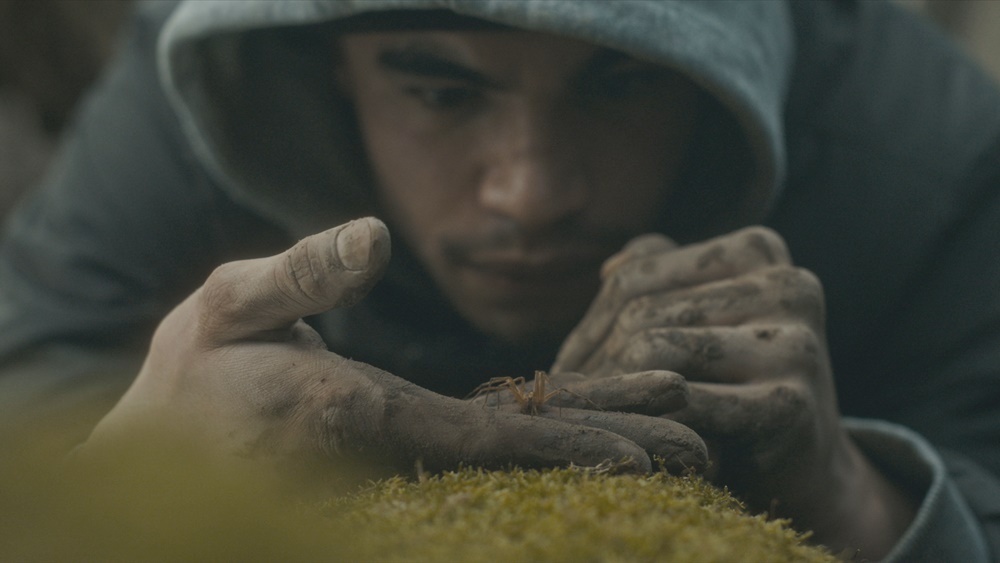
Good spider films are a theme this year. First, we had Sting and then there was Infested. The former is still in theaters and the latter is coming to Shudder starting April 26.
Infested has been getting some good reviews. People are saying that it’s not only a great creature feature but also a social commentary on racism in France.
According to IMDb: Writer/director Sébastien Vanicek was looking for ideas around the discrimination faced by black and Arab-looking people in France, and that led him to spiders, which are rarely welcome in homes; whenever they’re spotted, they’re swatted. As everyone in the story (people and spiders) is treated like vermin by society, the title came to him naturally.
Shudder has become the gold standard for streaming horror content. Since 2016, the service has been offering fans an expansive library of genre movies. in 2017, they began to stream exclusive content.
Since then Shudder has become a powerhouse in the film festival circuit, buying distribution rights to movies, or just producing some of their own. Just like Netflix, they give a film a short theatrical run before adding it to their library exclusively for subscribers.
Late Night With the Devil is a great example. It was released theatrically on March 22 and will begin streaming on the platform starting April 19.
While not getting the same buzz as Late Night, Infested is a festival favorite and many have said if you suffer from arachnophobia, you might want to take heed before watching it.
According to the synopsis, our main character, Kalib is turning 30 and dealing with some family issues. “He’s fighting with his sister over an inheritance and has cut ties with his best friend. Fascinated by exotic animals, he finds a venomous spider in a shop and brings it back to his apartment. It only takes a moment for the spider to escape and reproduce, turning the whole building into a dreadful web trap. The only option for Kaleb and his friends is to find a way out and survive.”
The film will be available to watch on Shudder starting April 26.
Listen to the 'Eye On Horror Podcast'
-

 News3 days ago
News3 days agoThis Horror Film Just Derailed a Record Held by ‘Train to Busan’
-

 Movies3 days ago
Movies3 days agoWatch ‘Immaculate’ At Home Right Now
-

 News4 days ago
News4 days agoRead Reviews For ‘Abigail’ The Latest From Radio Silence
-

 News2 days ago
News2 days agoHome Depot’s 12-Foot Skeleton Returns with a New Friend, Plus New Life-Size Prop from Spirit Halloween
-

 News4 days ago
News4 days agoMelissa Barrera Says Her ‘Scream’ Contract Never Included a Third Movie
-
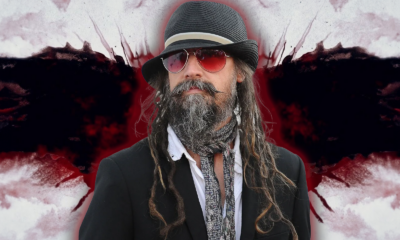
 Editorial5 days ago
Editorial5 days agoRob Zombie’s Directorial Debut Was Almost ‘The Crow 3’
-

 News1 day ago
News1 day agoWoman Brings Corpse Into Bank To Sign Loan Papers
-

 News4 days ago
News4 days agoA24 Joins Blockbuster Movie Club With Their Biggest Opening Ever
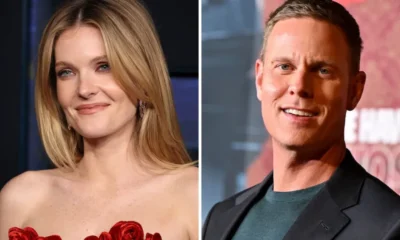

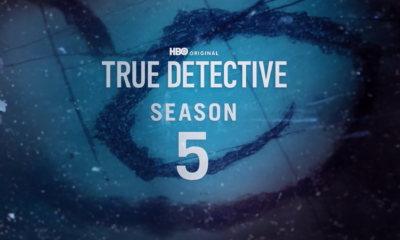

























You must be logged in to post a comment Login